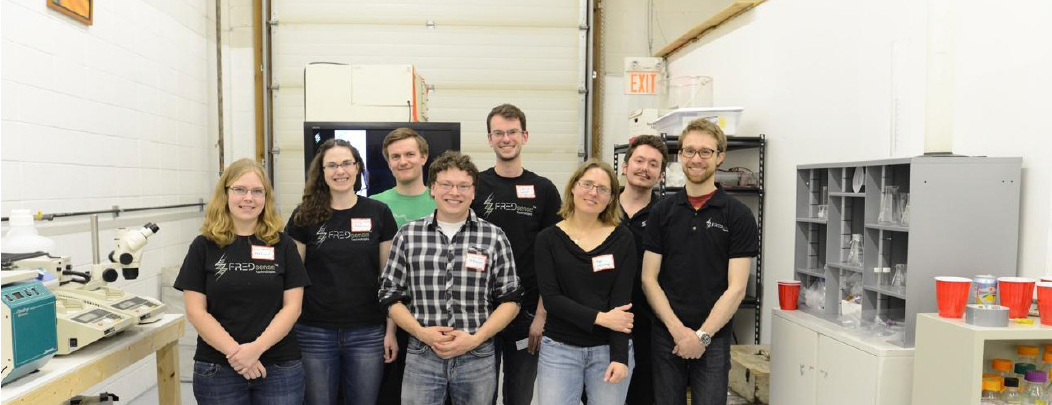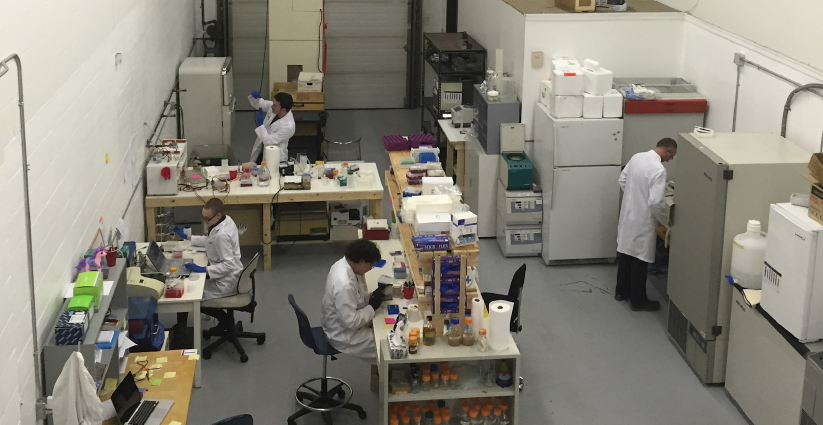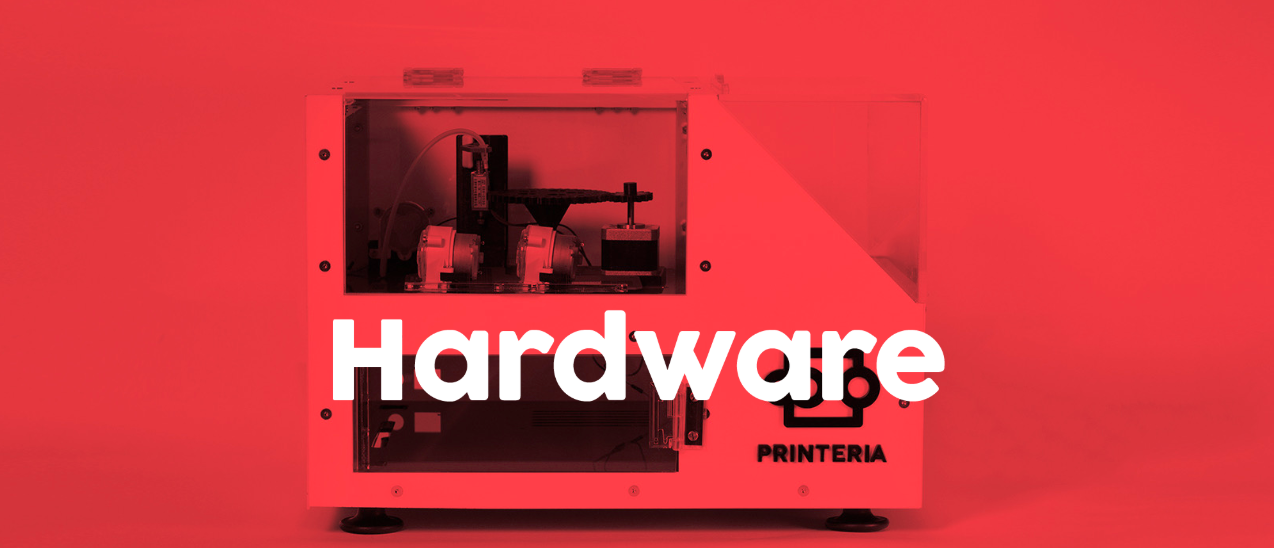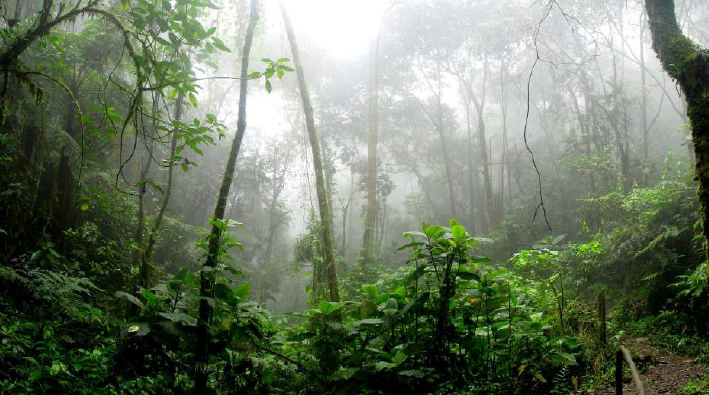David Lloyd: The FREDsense Journey
David has been an iGEM student, advisor, Human Practices Committee member, and judge and is now the CEO of an iGEM-based startup called FREDsense Technologies. His expertise lies in entrepreneurship, user-focused design, and safety and ethics through the lens of product development.
By Amy Chen
Their idea to use bacteria to sense compounds in industrial water originated in 2011 when David’s iGEM team decided to tackle a major challenge in the oil and gas industry, tailing ponds. Tailing ponds are big pools of contaminated water that result from the oil extraction process, leaving toxic and corrosive compounds in the environment. The team did some proof of concept experiments using bacteria to sense some of the toxic compounds and used an electrochemical system to report them. The idea seemed to work so the team carried the project idea forward in their 2012 iGEM project called FRED and OSCAR. The project aimed to develop a collection of toxin-sensing and degrading organisms to bioremediate the toxins in tailings ponds, turning them into usable hydrocarbons. David’s iGEM team did very well at the competition that year, winning more awards than any other team since the competition started in 2003. This project got a lot of traction and led to them founding FREDsense.
FREDsense Technologies combines biology and engineering to detect chemicals in our water. The company has developed a wide variety biosensor to detect chemicals such as arsenic, iron, manganese, and acidity. They even have a platform for people to inquire about making custom sensors.
START FROM ZERO
At the start of their startup journey, David and his team had zero business experience, zero funding, and little to no real scientific backing. They had a problem with IP too as their technology was in an open source registry. To make matters even more difficult, they had used university resources, so the university also had rights to the IP that was developed. Lastly, they had a team of 30 individuals that had developed the technology and only 6 had wanted to pursue the company. However, they were fortunate to get some fantastic legal council to tackle the challenges.
SPACE FOR INNOVATION
One of the first major challenges the team encountered was getting the space necessary to do the technical development work. As there was a limited opportunity at their local university to provide economical space for the company, the founders endeavored to build out their own lab infrastructure. After winning numerous business plan competitions to fund the company, the team rented a ~130 sq. ft. lab space in the basement of the Calgary Research Park. Here, they begged and borrowed equipment, found used hardware systems and even DIY’ed some of their own equipment to do their work.
Their hard work resulted in the first sets of data the company could use to attract investment and outside interests allowing them to fund-raise through an accelerator program at Singularity University in Silicon Valley. The team then moved into a 1,400 sq. ft. former automotive repair shop bay. With some elbow grease and time, the team converted the space into a synthetic biology lab space where the work continued. The team was able to find creative solutions to numerous issues surrounding equipment accessibility and the high cost of particular materials that were necessary to continue their work, truly demonstrating that synthetic biology is hitting an age where “garage biotechnology” efforts can be made.
The team now works out of a 6,000 sq. ft. space as a formal lab, office and manufacturing area.
“Look for opportunity in the strangest of places”
A central theme in FREDsense’s development has been identifying unique and creative ways of overcoming adversity. Whether it was fundraising for the company through winning seven major business plan competitions in North America, or building out technology through a bootstrapped DIY-bio approach, the team has always hit challenges head-on.
“Be 100% focused on solving a customer problem”, says David. It is important that your solution works for the target group. It is incredibly useful to go and validate assumptions around your idea. Sometimes, a simple phone call and conversation can change everything. Through this process of going to the end users and validating their assumptions that David found out that the initial sensor they were building didn’t have value for the oil and gas industry. Therefore, they changed the sensor to assess other market opportunities.
FREDsense is working with various clients and customers to build out novel sensor solutions for the water utility and mining space incorporating novel synthetic biology hardware systems to translate R&D activities that normally occur in the lab into comprehensive field-based solutions for industry. FREDsense’s sensors have recently been authorized by the Canadian Environmental Regulatory Agency as an approved approach for environmental monitoring applications, meaning that the company has identified not only strong industrial opportunities for the product but also worked with government stakeholders to change the way we think about understanding what is in our water.
All photos have been provided by FREDsense Technologies








